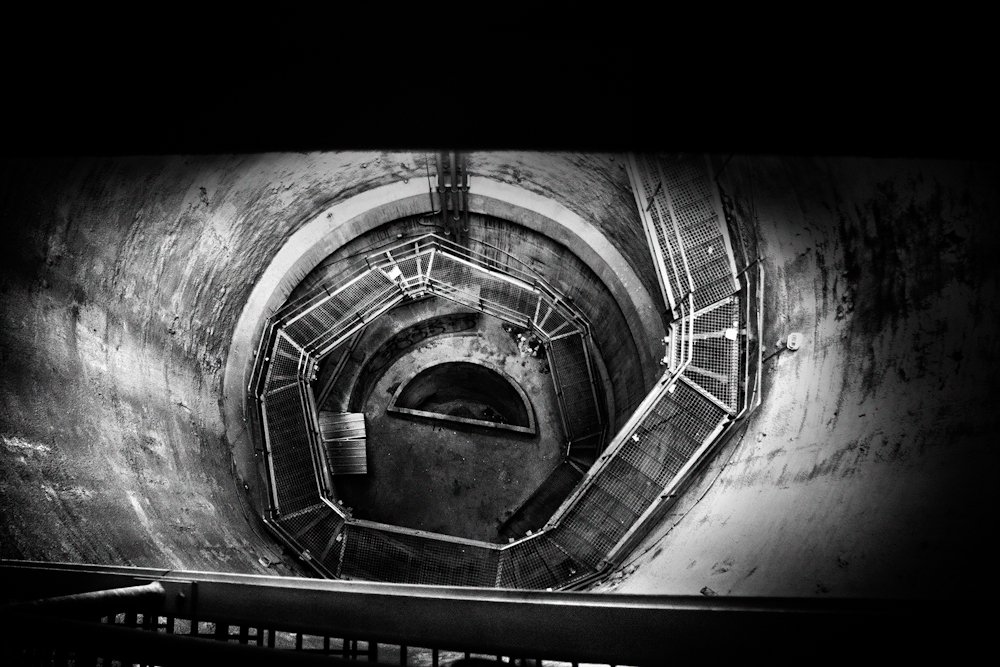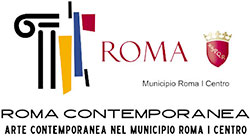Until 25th May 2019, the Galleria del Cembalo exhibits two exhibitions in a fruitful dialogue about the theme of the city. From 12thApril, Life, Stillby Alessio Romenzi and, from 18thApril, Ergo Sum by Valerio Polici show a status of an unstable urban environment which is characterised by people who are looking for a place to live as well as the ones who aim to leave a mark of their existence, a statement of their identity.
Life, Still.The destruction caused by the war is the main protagonist of the series Alessio Romenzi produces between December 2017 and April 2018 at Mosul, Raqqa and Sirte. At the end of the conflict, the artist goes back to the cities in order to provide evidence of their decay which he defines as a ‘an apocalyptic scenery of destruction’.
Thanks to his experience as a photoreporter, Romenzi further improves his ability to synthesize the image, in order to face a deeper consideration which is offered also at amplified observation distance. Indeed, the series goes beyond showing war operations and it questions their consequences.
The school in the neighbourhood of Ghiza and the hall of Ougadougou conference centre III in Sirte, the National Insurance Building and the mosque in Mosul, the core of pedagogical, cultural, religious and political activities has been destroyed by the war. Al Shohada Bridge of Mosul, suspended in a crepuscular light, is irreparably damaged by the shelling.
Between bombed buildings and heaps of rubble, the memory of what happened is still there: a raised portcullis, a still working traffic light, people’s life at the edge of the war. These are the ‘irrepressible existences’ Giovanna Calvenzi writes about in the introduction of the catalogue ‘Life, Still’, as a ‘reaction to death as well as hope for a possible future’.
Alessio Romenzi
He was born in Colle Sant’Angelo (Umbria). After he moves to Jerusalem, he covers the Arab springs, focusing on Egypt, Libya and Syria. His pictures have been published on the main national and international newspapers, among those The New York Times, Le Figaro, El Pais, Il Corriere della Sera, Internazionale, L’Espresso, Time Magazine and The Guardian. He has been awarded many accolades like the World Press Photo (2013, 2017), UNICEF Picture of the Year (2013) and the Sony Award (2017). In the recent years, he has documented the migratory phenomenon heading towards Europe and the wars linked to the ‘Islamic State’.
Made in Europe and Argentina in six years, Valerio Polici’s photographic project Ergo Sumshows writers’ underground city. Polici perspective underlines the connections between the urban substratumand the artists, for whom he emphasises their creative potential and their expressive needs, elements which come alive during the night, at the streets’ side.
Following some of these protagonists, so called ‘adventuring companions’, the artist photographs in black and white suburban and forbidden places within a metropolitan and industrial setting, ‘in which definite identities lose themselves and give way to infinite possibilities’, in which the experience itself, as Chiara Pirozzi states, creates an opportunity of cultural and social, unknown and unexpected relationships.
Even though Polici is physically behind the camera and he is a witness of the events, his personal emotional involvement indelibly affects his work, which portrays the rush of the moment and the unpredictability of its epilogue. The photographer talks about sudden escapes, caused by the unforeseen alarm sound, and long waits he spends hidden among the other street artists, in the attempt not to be caught by the vigilance. Indeed, all this can be perceived from the rapidity of an unstable focus.
The movement of that journey in ‘the intestinal spaces of the metropolis’ is further highlighted by the artist throughout a video on display. It shares similarities with surveillance cameras and runs on a loop the wandering ways of the writers. Polici, therefore, becomes the protagonist and appearance of a subordinated universe, which the Galleria del Cembalo provides a physical place to be discovered and seen.
The exhibition, displayed in Reggio Emilia from 12th until 14th April as part of ‘Circuito OFF’ on the occasion of Fotografia Europea 2019, is organised in collaboration with Spazio C21 (Palazzo Brami).
Valerio Polici
Valerio Polici lives in Roma and he starts his photographic research with the project Ergo Sum. Subsequently, he takes part in ‘LAB/ per un laboratorio irregolare’ of Antonio Biasucci. In a collective exhibit in 2017, the Galleria del Cembalo shows his first works, in which strongly becomes evident that photography is his privilege medium for a journey in the past, to sublimate fears and reconcile with his inner self. Two years after, his work comes back, stronger than before, and keeps going into the same direction. Ergo Sumhas already been exhibited at the Venice Biennale in 2016 and at MACRO in Rome in 2017.


